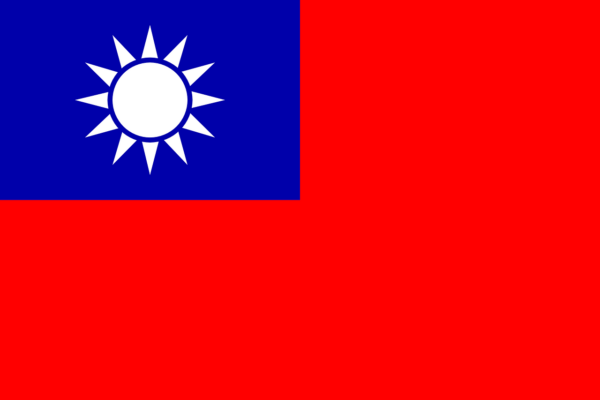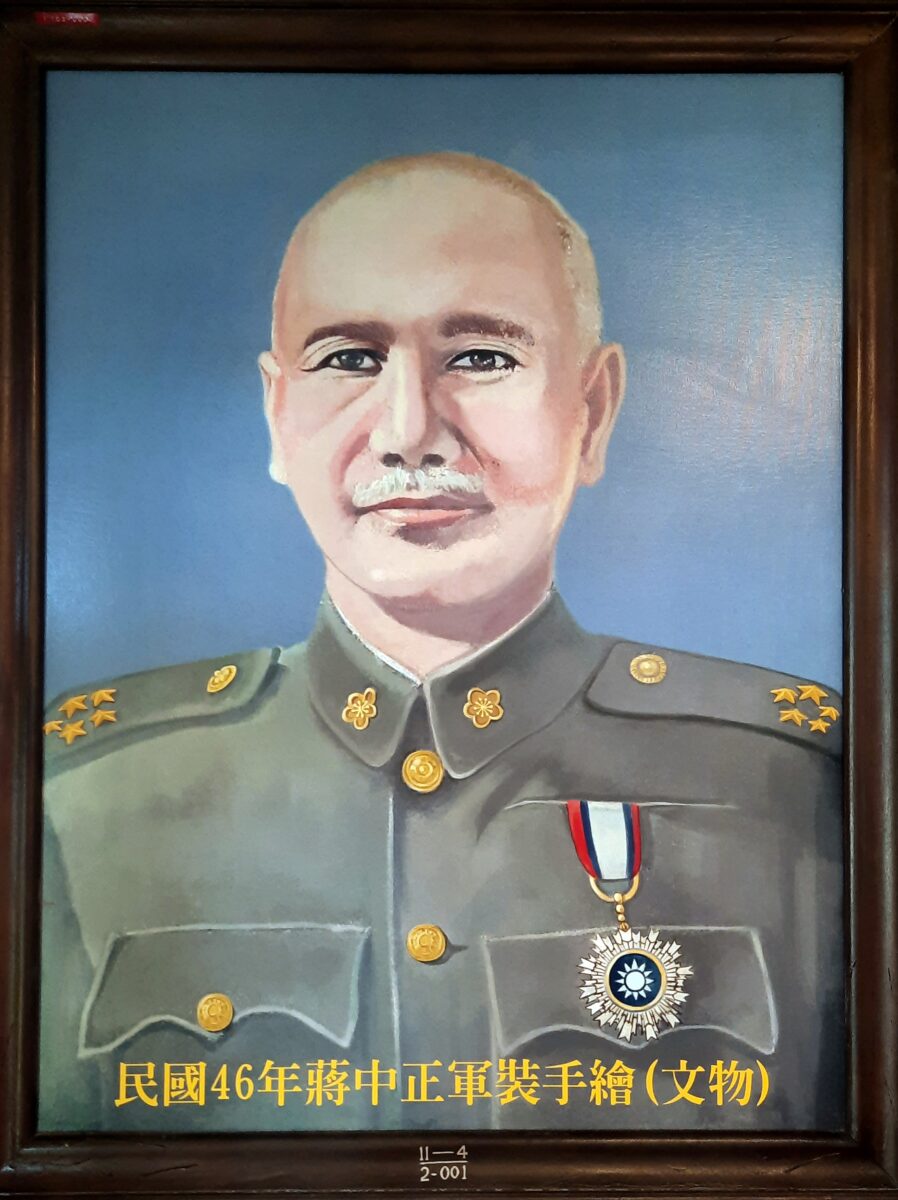
The flag of the ROC on Taiwan
The tenth day of the tenth month, October 10, is one of the oldest established public holidays in Taiwan — yet it celebrates an event that happened outside Taiwan and which didn’t impact the island until decades later.
On October 10, 1911 opponents of the Qing Dynasty, China’s last imperial government, launched an uprising at short notice. For at least a month, various anti-Qing factions had been trying to set a date for their long-planned rebellion. On October 9 the leader of one revolutionary group was overseeing the making of bombs in the Russia’s extraterritorial concession in Hankou (now part of the modern metropolis of Wuhan) when a device exploded. He was rushed to a hospital where his true identity was discovered. Realising that someone had tipped off the Qing authorities and that imperial police were about to arrest those suspected of harbouring revolutionary intentions, the dissidents incited sympathisers inside China’s professional army to mutiny. There were hundreds of deaths on either side but by the following day the uprising was in full control of the city.

Portrait of Chiang Kai-shek in Dalin’s former sugar factory, Chiayi, Taiwan
Even though Sun Yat-sen, the best known agitator against Qing rule and the founding father of the Kuomintang (KMT, Chinese Nationalist Party), was in the United States at the time of the uprising, the imperial regime quickly disintergrated. On January 1 the Republic of China (ROC) was declared with Sun at is first president. And on February 12 the six-year-old boy emperor, Puyi (1906-1967) abdicated. (If you’re curious what happened to Puyi later in life, watch Bernardo Bertolucci’s 1987 film The Last Emperor.)
Roads and regimes
The Nationalist ROC went on to rule the Chinese mainland from 1911 to 1949, when it was overthrown by Mao Zedong’s Communists. Taiwan had become part of the ROC four years earlier following Japan’s defeat at the end of World War II. From 1949, Taipei served as the ‘temporary capital’ of Chiang Kai-shek’s regime, which styled itself ‘Free China’ and which did everything it could to mould the former Japanese colony into a model Chinese society. In every town and city, a major thoroughfare was renamed Zhongshan Road in honour of Sun Yat-sen; another was called Zhongzheng Road for Chiang himself. Every year, Double Ten Day was celebrated with military parades, marching bands, and cultural performances.
These days, Taiwan’s elected leaders use Double Ten as an opportunity to remind their citizens and the world that the ROC is older than the People’s Republic of China and that it has evolved into what some call Asia’s most democratic state. There are some Taiwanese, of course, who refuse to recognise Double Ten as National Day, saying it’s a vestige of an era when the island’s people weren’t in control of their own destiny. But many others have adopted it — just like they’ve wholeheartedly adopted the ROC flag — as a symbol of 21st-century Taiwan.
If you find yourself near the Presidential Office in Taipei this October 10, expect to see a good deal of pageantry and colour, representation of all of the island’s ethnic groups, and expressions of support from foreign delegations. If none of that interests you, consider instead visiting Taipei’s world-class National Palace Museum, as October 10 is one of just five days each year when admission is free for everyone. For more information and ideas how to make the most of your visit to Taiwan by booking a customised private guided tour, contact us today.
